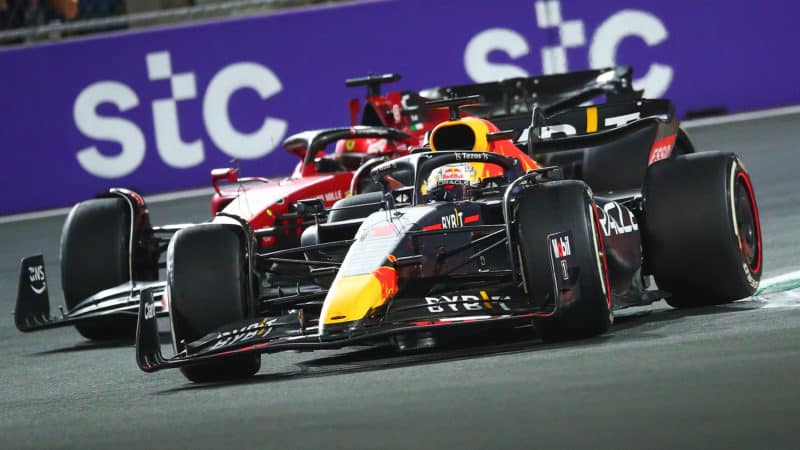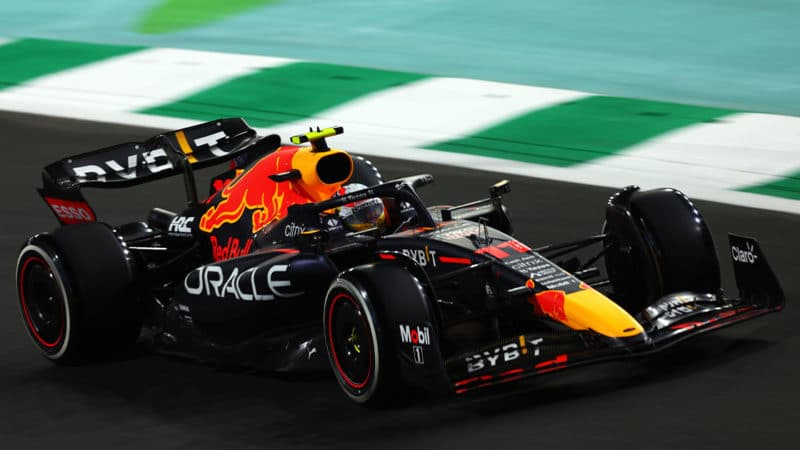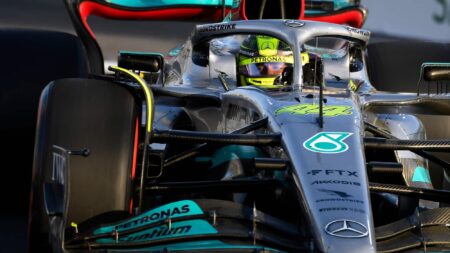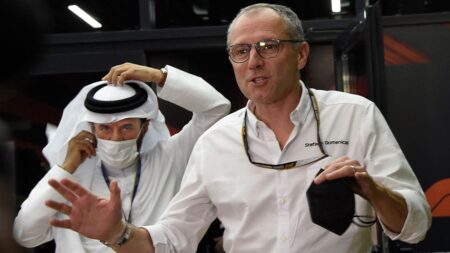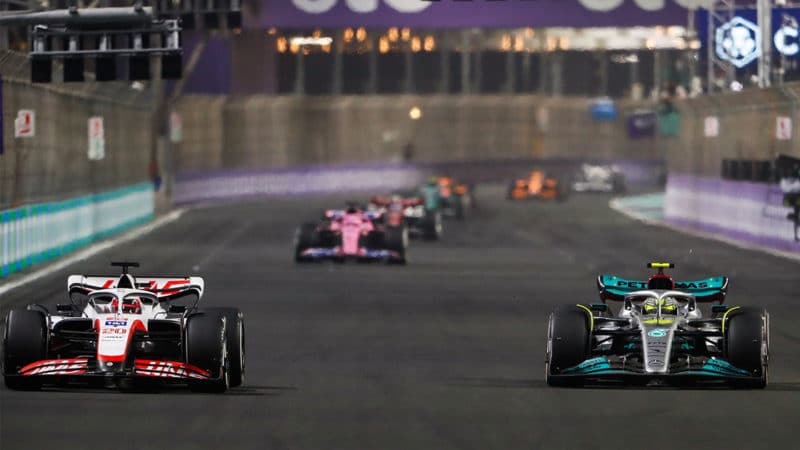To put some approximate numbers on it, the previous cars lost around 35% of their total downforce when running three car lengths (around 20m) behind a rival car, with that loss increasing to 47% if the gap came down to a single car length. The respective targets under the new regulations, with downforce now largely generated by the car’s underbody profile, were 4% and 18%. And, suddenly, you can race. With a few caveats, as Verstappen explained.
“The cars are better to follow,” he admitted, but cautioned, “it just depends on the tyre. The hard tyre was capable of following closer but the other compounds – and this depends on the track – just fall apart. As soon as you follow for a few laps, they just open up.
“It’s probably the tyres but, also, the weight of the car (almost 800kgs today) pushes you over the tyre edge. This is something we need to look at for the future. We’ve improved the following and the racing but if the tyres don’t let you for whatever reason, that’s a bit of a shame. In the first stint (on the medium compound Pirelli), I think we could have actually raced a bit more if the tyre didn’t die. We need to understand that a bit better.”
Leclerc largely agreed but added: “The balance of the car is much more predictable compared to last year, where it was very difficult to understand whether you would lose the front or the rear behind someone. This helps us to have the confidence to actually push behind someone.”
The two Alpine drivers, Fernando Alonso and Esteban Ocon produced a great spectacle early on, doing just that, medium compound tyre or not.
“The cars are definitely better,” Ocon said. “You can follow so much more closely and you can’t get out of DRS either. It’s like a go-kart race, pretty much.”
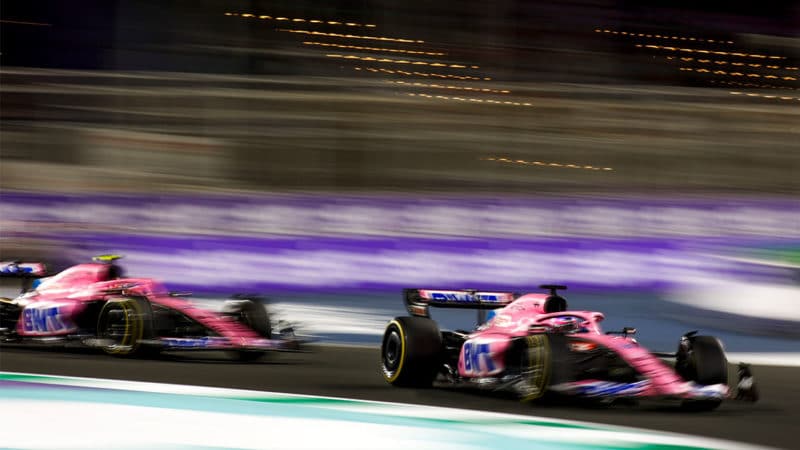
The alpines put on a spectacular show in the early laps
DPPI
Lando Norris, who was battling Ocon for sixth at the end, backed that up, “You can get ahead, but there’s every chance that the guy gets you back.”
Which is a bit of a new concept for F1. The overtaking problem becoming so chronic prompted the introduction of DRS back in 2011. Purists derided it as totally artificial, and it is, but without it, we’d probably have had around 10 overtakes a season, total.
Originally, the idea was that if a driver was overtaken by a car with DRS, then he could have a go back on the next lap, precisely the situation that Ocon was describing in Jeddah. But the reality was that there was so much ‘dirty air’ turbulence thrown up by the overtaking car, that in practice it was nigh on impossible to stay within a second in order to have a go back.
When the new regulations took shape, there was even the suggestion that if they were as successful at improving racing as hoped, there just might be an end to DRS, with F1 cars going back to having to overtake like they used to, with the aid of a slipstream and later braking. So, are we anywhere close? The first three finishers last weekend didn’t think so…
